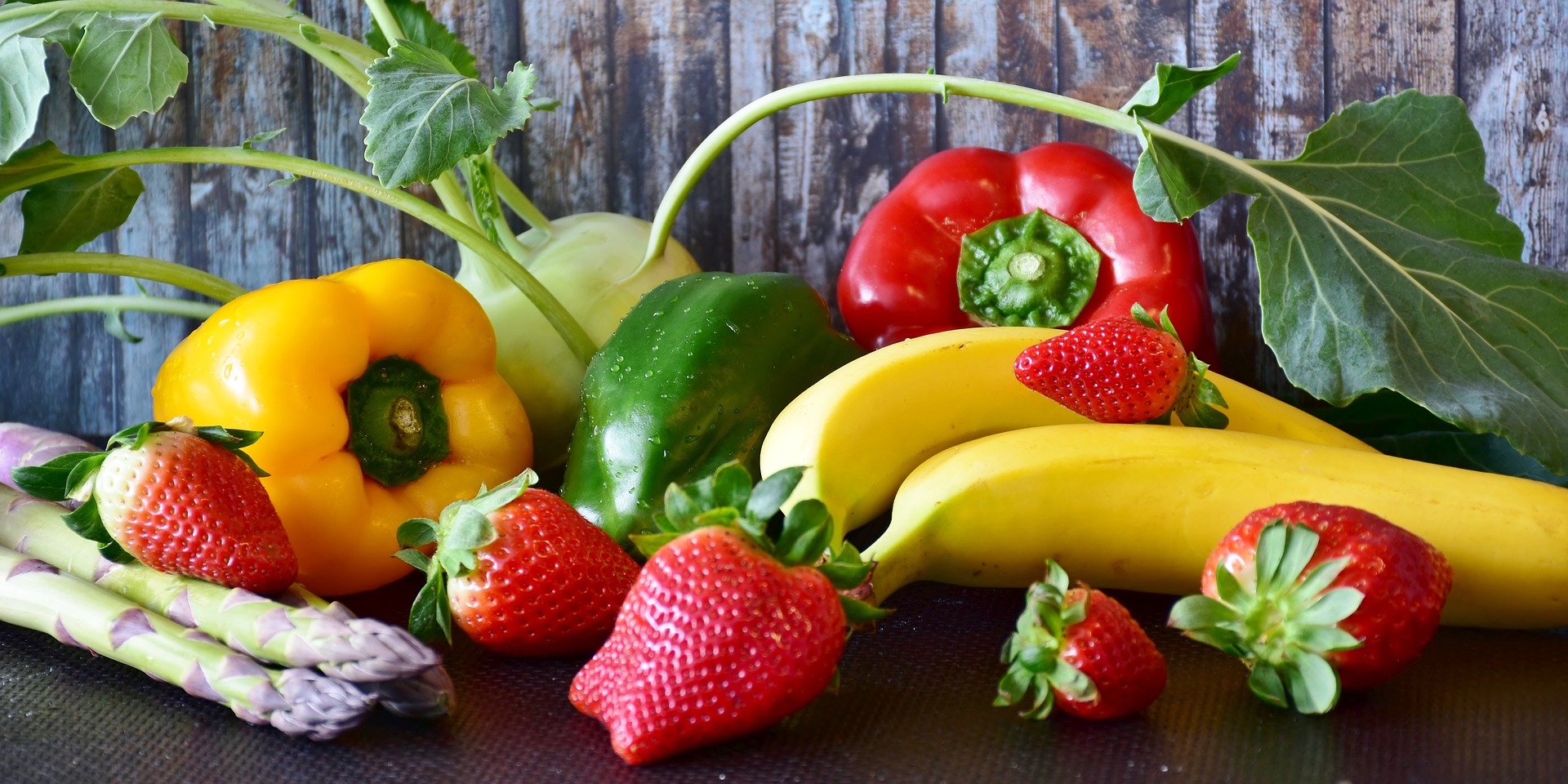 As aging occurs, our bodies require different nutrients and quantities of those nutrients. Most nutrients can be found by eating a balanced diet and making the most of our plate by adding a variety of fruits and vegetables. Adding fruits and vegetables to what we eat seems like such a simple task. However the task can become more difficult when we factor in medications and how they can interact with certain produce. Other factors we should consider are the availability of fruits and vegetables in the home, our likes and dislikes and many other environmental or social determinants that play a role in our food choices.
As aging occurs, our bodies require different nutrients and quantities of those nutrients. Most nutrients can be found by eating a balanced diet and making the most of our plate by adding a variety of fruits and vegetables. Adding fruits and vegetables to what we eat seems like such a simple task. However the task can become more difficult when we factor in medications and how they can interact with certain produce. Other factors we should consider are the availability of fruits and vegetables in the home, our likes and dislikes and many other environmental or social determinants that play a role in our food choices.
The recommended amount of fruit for older adults is between 1 1/2 – 2 cups daily. Vegetable servings are between 2 1/2 – 3 cups daily. How you add your recommended amounts of fruit and vegetables to what you eat is completely up to you provided there are no medical advisories or restrictions in your diet. If fresh is your choice, buying fruits and vegetables that are in season provide options that typically taste better and are more cost effective. Frozen and canned options are not only available year round but provide additional great options for adding fruits and vegetables to your diet. Look for pre-sliced produce if chopping or slicing is an issue. Remember fruits and vegetables are also vital components as we age to help combat chronic diseases like diabetes, high blood pressure, and heart disease. Follow these 5 steps to help save money and increase your intake of fruits and vegetables.
- Use coupons to help you save money.
- Focus on economical fruits and vegetables.
- Be aware that convenience cost more.
- Think about foods you throw away and buy or prepare less.
- Consider store brands they usually cost less.
https://www.nia.nih.gov/health/10-tips-eating-healthy-budget
 0
0
